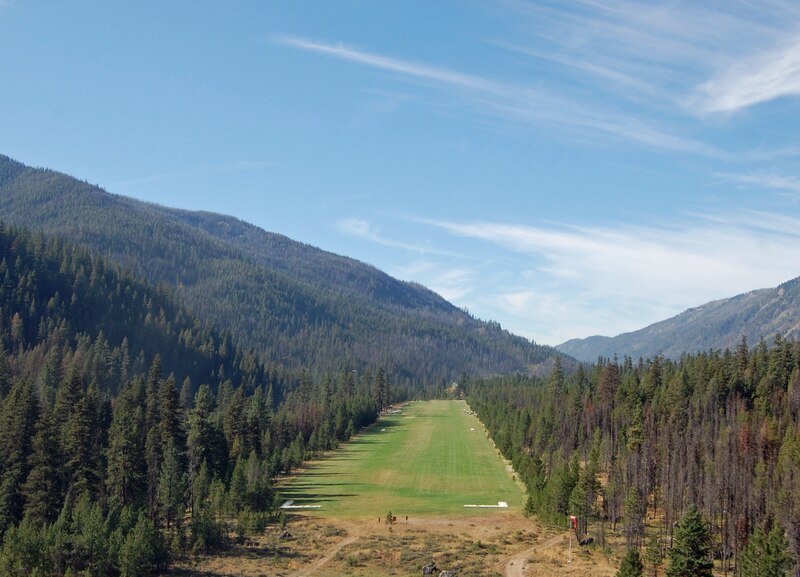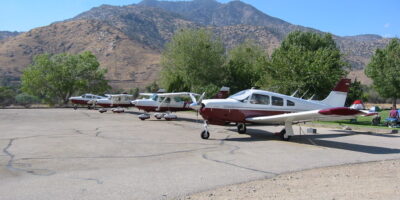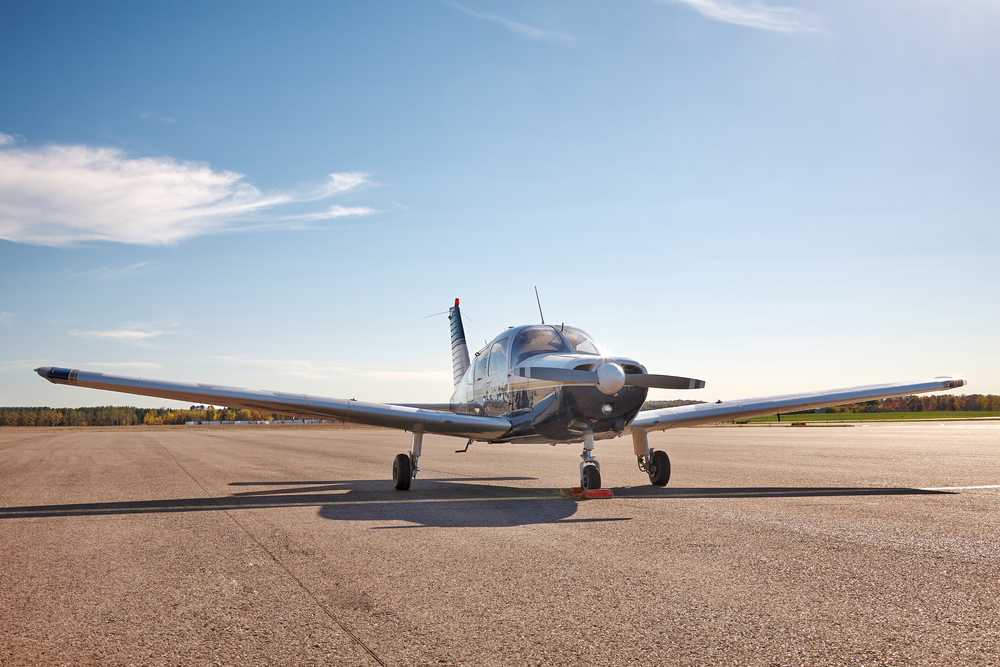Smiley Creek Airport sits alongside Highway 75 in Idaho’s Sawtooth National Recreation Area, serving as a gateway to wilderness camping and mountain exploration. This Forest Service-maintained strip combines accessibility with genuine backcountry character. The 2,600-foot gravel runway handles a wide variety of aircraft while offering stunning views of the Sawtooth Range.
Quick Answer: Smiley Creek (U87) features a 2,600-foot gravel runway at 7,200 feet elevation in central Idaho. The strip runs north-south with minimal obstacles and moderate gradient. No services available—bring all supplies including fuel. Operations favor northbound landings and southbound departures when winds permit. Best season is June through September. Contact Sawtooth National Forest for current conditions: (208) 727-5000.
Airport Layout and Runway Details
The runway measures approximately 2,600 feet long and 60 feet wide. Surface is maintained gravel that varies from smooth to somewhat rough depending on recent maintenance. Elevation is 7,200 feet, requiring density altitude calculations especially during summer afternoons. The runway orientation is roughly north-south with some alignment variation.
Gradient is relatively gentle compared to many Idaho backcountry strips—roughly 2-3% upslope to the north. This modest slope aids northbound landings and southbound departures but doesn’t dominate operations like steeper strips. Trees border the east side while Highway 75 parallels the west boundary. Mountain terrain surrounds the valley but doesn’t create one-way-in/one-way-out restrictions.
Approach and Landing Procedures
Standard operations favor landing to the north (uphill) when winds allow. Overfly the strip at pattern altitude plus 500 feet to check surface conditions and traffic. Enter a standard left pattern. Final approach is straightforward with good visibility and reasonable terrain clearance. Watch for vehicle traffic on adjacent Highway 75.
The gravel surface provides good braking but requires speed control on final. Aim for the first third of the runway to maximize rollout distance. Short-field technique helps but isn’t mandatory for most aircraft. Expect rollout distances of 800-1,200 feet depending on aircraft weight and density altitude. Taxi slowly to minimize gravel damage to propeller and landing gear.
Departure Procedures
Departures typically use the full runway length, taxiing to the northern turnaround. Southbound departure benefits from the downhill slope but doesn’t depend on it. Calculate takeoff performance based on density altitude—summer afternoon density altitudes often exceed 9,000 feet. Most 180 hp aircraft require 1,500-2,000 feet for takeoff at high density altitudes.
Morning departures provide significantly better performance than afternoon operations. Temperature differences of 20-30°F between morning and afternoon create 1,000-2,000 foot density altitude variations. Clear the surrounding terrain easily in all directions—no critical terrain clearance issues exist like some mountain strips. Follow the valley southward or climb to the north toward Galena Summit.
Aircraft Suitability and Requirements
Smiley Creek accommodates a wide range of aircraft. Typical visitors include Cessna 172s, 182s, Super Cubs, Maules, and larger aircraft like Cessna 206s and Pilatus PC-12s. Tailwheel aircraft are preferred but not required—nosewheel aircraft operate successfully with proper technique. Minimum recommended horsepower is 150 hp, though 180 hp provides better margins.
The relatively long runway and modest gradient make this an excellent “first backcountry strip” for pilots building experience. More forgiving than Johnson Creek or Sulphur Creek but still requiring proper backcountry skills. Wheel pants should be removed for gravel operations. Bring tie-down stakes as designated tiedown spots are limited. The parking area accommodates 8-10 aircraft comfortably.
Facilities and Camping
No services exist at the airport—no fuel, no water, no restrooms. Bring everything you need including fuel for the return flight. The nearest fuel is at Hailey (SUN), approximately 45 miles south. Basic camping is available near the strip. Smiley Creek Lodge operates just south of the airport offering meals, cabins, and supplies.
The Salmon River headwaters flow nearby providing water (requires filtration). Vault toilets exist at nearby Forest Service campgrounds. The area is bear country—store food properly and carry bear spray. Campfire restrictions apply during dry periods—check current regulations. Cell service is limited to nonexistent depending on your carrier. Bring satellite communication devices.
Seasonal Considerations and Weather
The strip operates June through September typically. Early season may have soft spots from snowmelt. July and August provide the most reliable conditions but highest density altitudes. September offers excellent weather with fall colors and cooler temperatures. Snow closes the strip October through May.
Summer afternoon thunderstorms develop regularly—plan arrivals before 1 PM. Mountain wave activity is minimal compared to areas near the Sawtoths’ main peaks. Wind typically flows along Highway 75 valley, aligning reasonably well with the runway. Weather changes quickly in mountains—monitor conditions continuously and have alternate plans. Stanley Airport (61U) is 12 miles north as an alternate.
Area Activities and Attractions
Smiley Creek provides access to Sawtooth National Recreation Area hiking trails. The Sawtooth Range rises dramatically to the west with numerous 10,000+ foot peaks. Fishing in nearby streams and lakes is excellent for trout. Mountain biking trails wind through the area. Wildlife viewing includes elk, deer, and occasional black bears.
Galena Summit sits 7 miles north on Highway 75, offering spectacular views. Stanley is 12 miles north with restaurants and supplies. Redfish Lake lies 15 miles north, popular for swimming and boating. The area’s remoteness and natural beauty attract pilots seeking wilderness experiences without extreme technical flying challenges. This balance makes Smiley Creek popular with families and pilots new to backcountry flying.
Safety Notes and Recommendations
While Smiley Creek is more forgiving than many backcountry strips, it still requires proper preparation. Calculate weight and balance carefully—high density altitudes demand performance margins. Practice short-field procedures at your home airport before attempting mountain strips. Fly with an experienced mountain pilot for your first visit if possible.
Study aerial imagery and approach photos before departure. Monitor AWOS at nearby airports for weather trends. File a flight plan and update it upon arrival. Carry survival gear appropriate for mountain conditions. The RAF (Recreational Aviation Foundation) provides excellent training and resources for backcountry flying. Connect with Idaho backcountry flying groups for current information and advice. Treat every backcountry strip with respect—conditions change and complacency causes accidents.




Leave a Reply